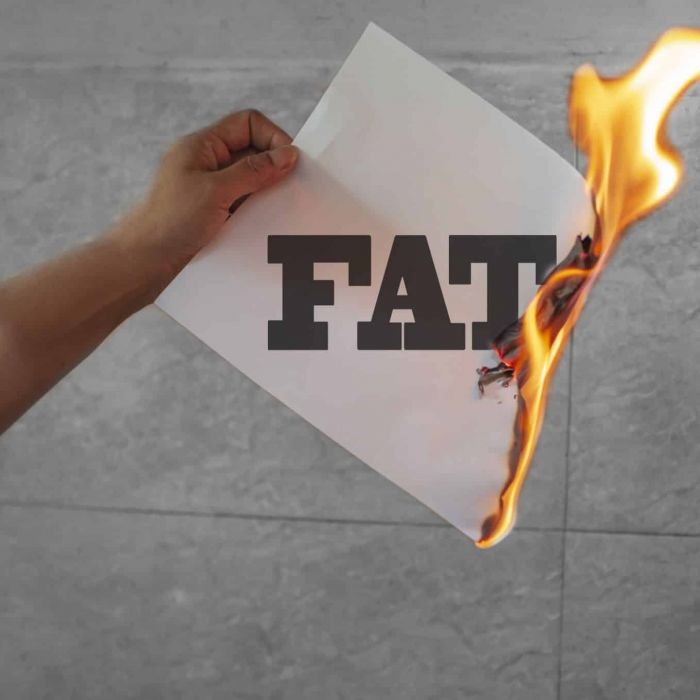What’s going on if a person is working out and eating well, but not seeing a change on the scale?
If these two are consistently adhered to, rest assured there are changes going on in the body — amazing changes that the number on the scale sometimes does not reflect.
Two very important facts everyone starting a resistance training program need to know is that:
1. Muscle weighs more than fat;
2. Fat takes up more space than muscle.
Muscle is a much denser tissue and thus takes up less room. For example, if you were to take 5 pounds of muscle and 5 pounds of fat and place them both on a scale, they will weigh the same. However, the 5 pounds of fat will be 3 times the size of the muscle. This means you could be transforming your body, see changes in the mirror, dropping waist sizes, and yet not see a change on the scale.
The important thing to track is body composition — the body’s ratio of fat to muscle. One could stay the same total weight, but body fat percentage could be dropping.
Over time, muscle gains will slow down and with that extra muscle, metabolism will be burning a whole lot more calories every single day, resulting in more fat being used for energy, providing one is eating good foods and the right amount of calories.
Body fat percentage is the true measure of health, not the weight scale. When we do our weekly comprehensive body composition analysis on our clients, the ratio of fat-to-muscle is what we are most concerned with.
The best way to improve body composition is with a consistent resistance training regimen, aerobic exercise, and a balanced diet. Imagine swapping 5 pounds of fat on your body for 5 pounds of muscle!








